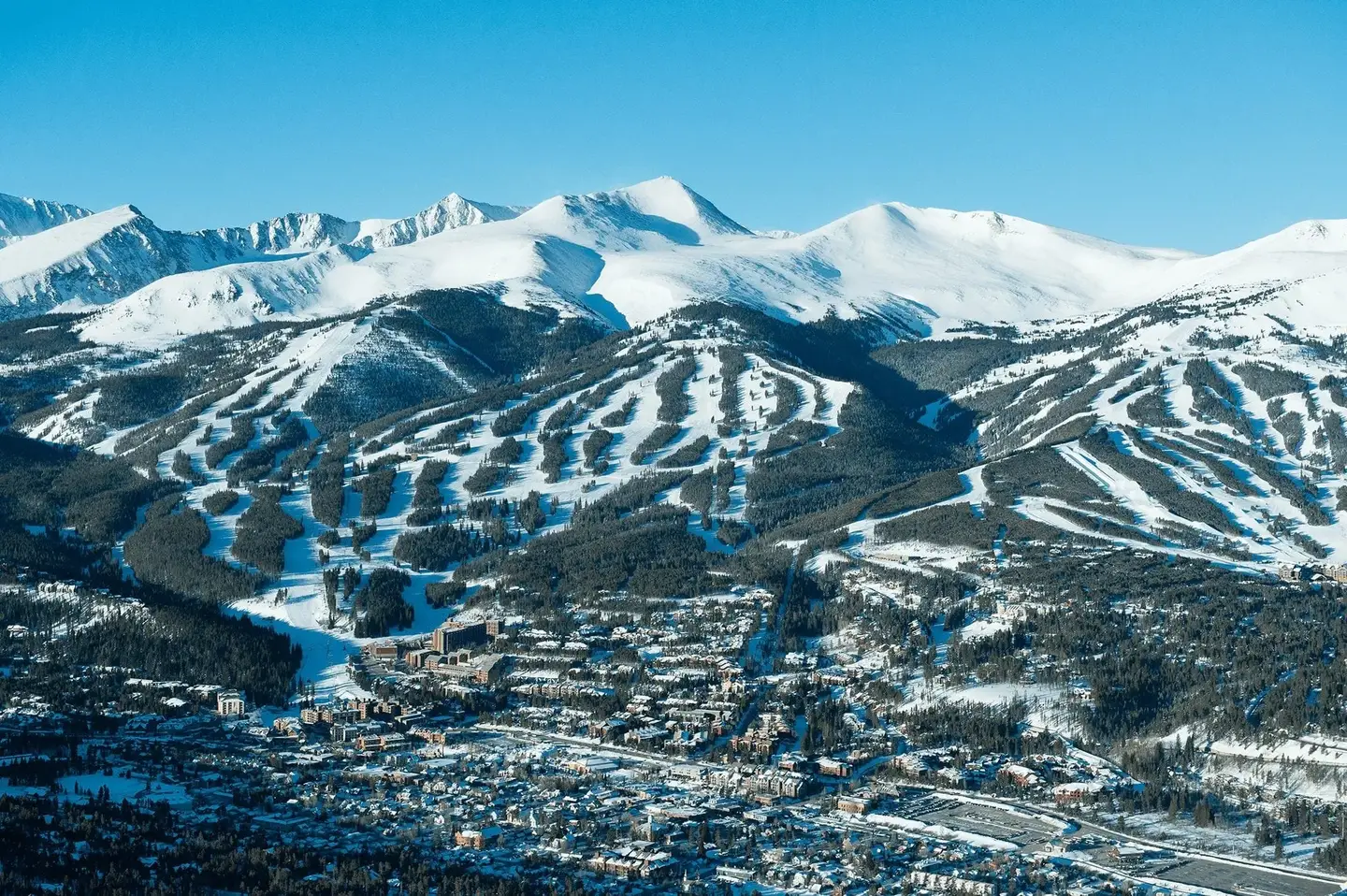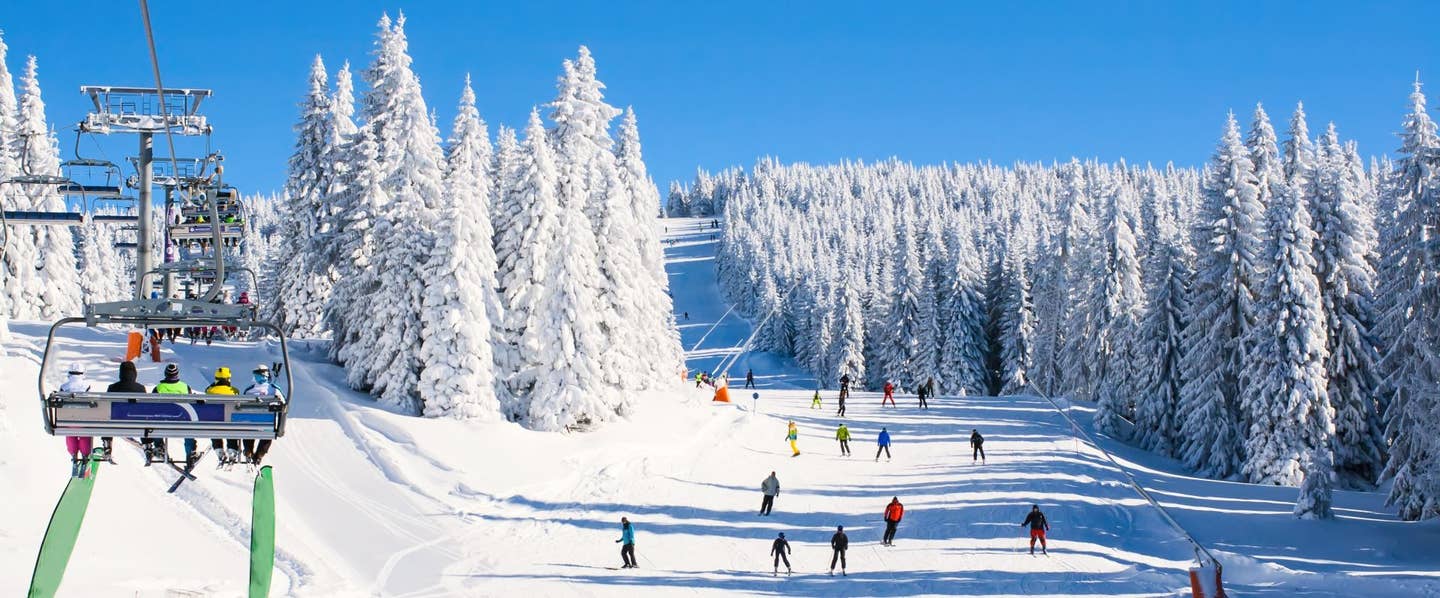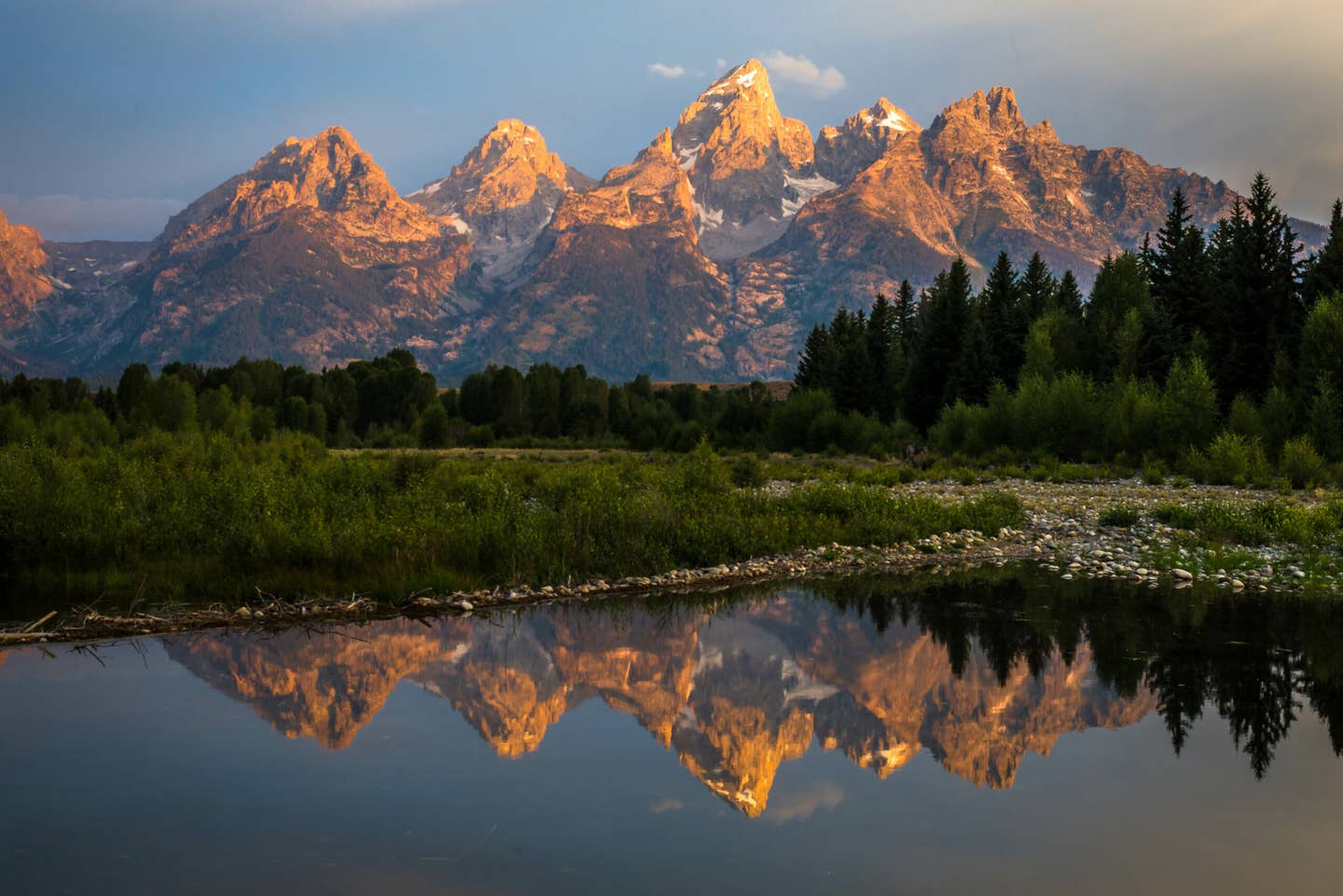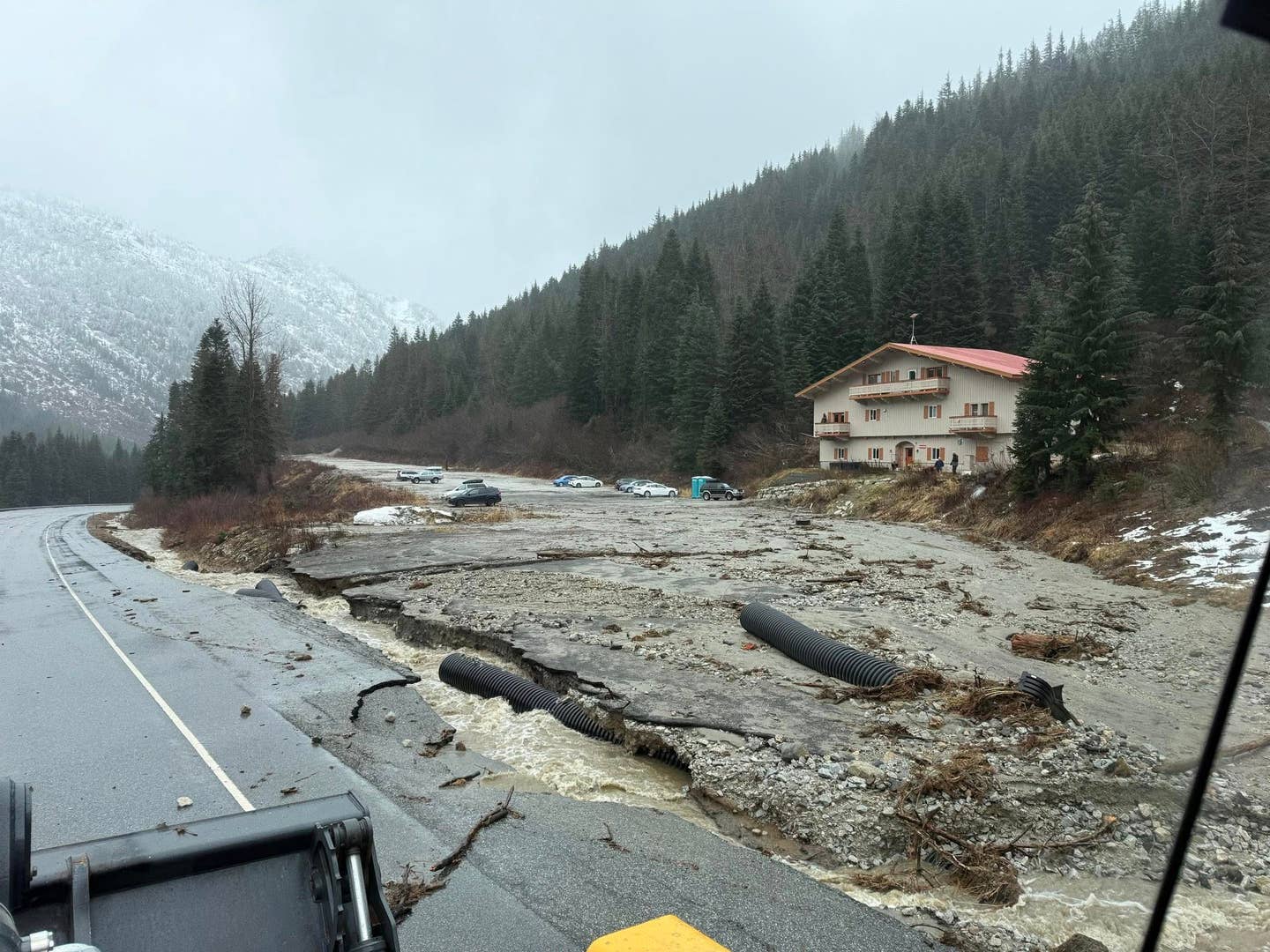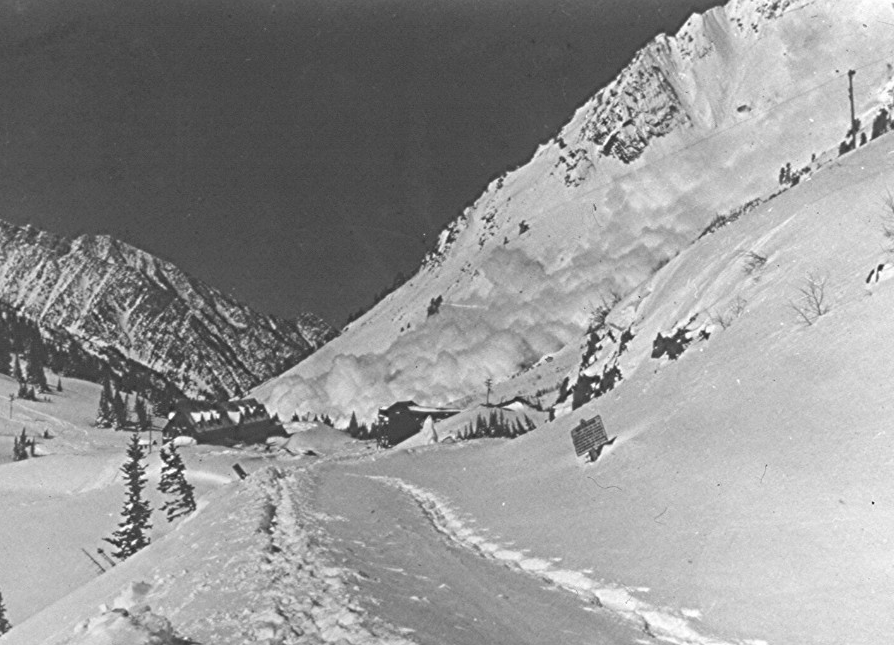

Tracing the Roots of North American Avalanche Awareness
Popular Stories
The first thing every responsible skier or snowboarder does before heading into the backcountry is check the forecast. This simple, essential habit is now woven into the fabric of modern winter recreation. Yet, the organized system of predicting mountain danger, issuing warnings, and educating the public is relatively young. It's a system born from necessity, tragedy, and the relentless pursuit of snow science. Ultimately, the history of avalanche forecast centers is the story of how a small group of determined pioneers decided that deep knowledge should save lives.
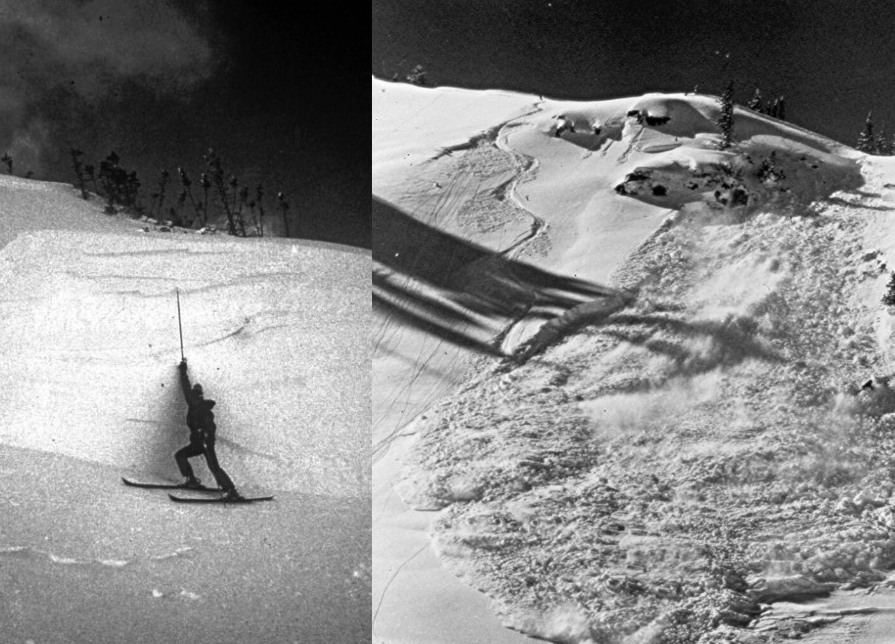
The Dawn of Snow Science: The Alta Experiment
The birthplace of avalanche forecasting in North America wasn't a university lab; it was Alta, Utah. Located in the famously snowy Little Cottonwood Canyon, Alta provided the perfect, and often terrifying, classroom. As a matter of fact, in 1939, the United States Forest Service hired the first "Snow Rangers" Douglass Wadsworth and established the continent's first program devoted to studying avalanches here.
Following World War II, Monty Atwater arrived. Often called the "Grandfather of Avalanche Forecasting," Atwater pioneered the use of military artillery to trigger and control slides, a technique that is still employed in many avalanche-prone canyons today. In 1949, the USFS developed the first Avalanche Center at Alta. These early efforts were focused on protecting infrastructure—specifically, highways and ski areas—but they laid the critical groundwork for public safety.
In the late 1960s, Ed LaChapelle, a snow ranger who studied at the Swiss Federal Institute from Snow and Avalanche Research, developed the first avalanche transceiver. Also writing the USFS handbook on avalanche mitigation during his time at Alta.
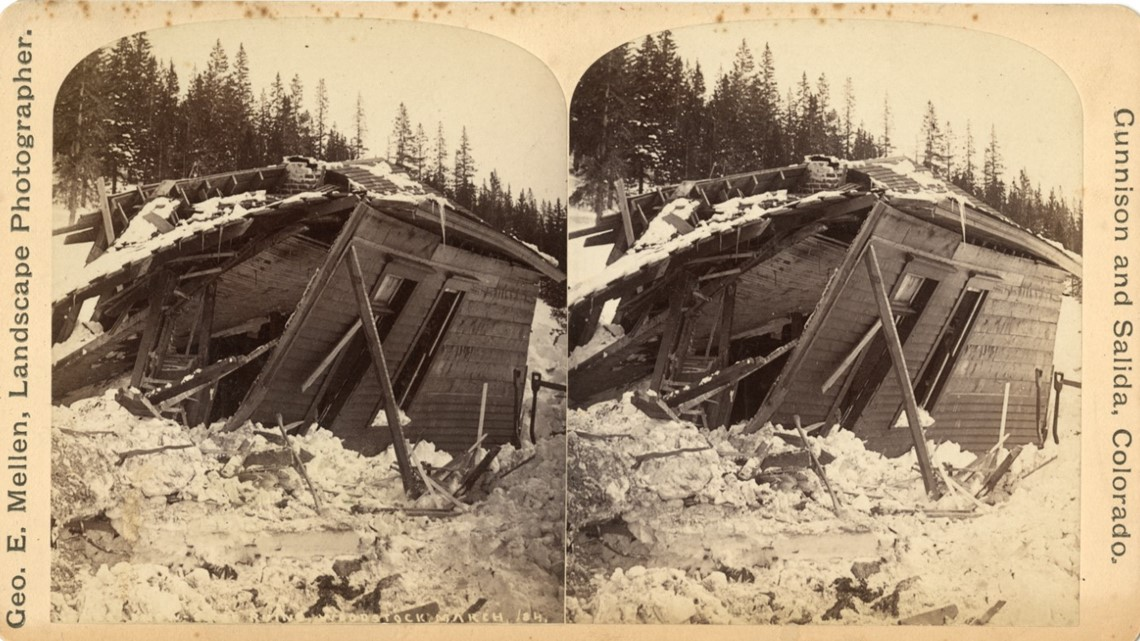
1970s: From Highways to Backcountry Riders
The early 1970s marked a pivotal shift: the focus expanded from protecting property to protecting recreationists. In 1973, the U.S. Forest Service launched the Colorado Avalanche Warning Program (CAWP), which later became the Colorado Avalanche Information Center (CAIC). This was the first program in the United States dedicated to issuing public avalanche forecasts for backcountry travelers. This was followed quickly by the creation of the Northwest Avalanche Center (NWAC) in 1976, covering Washington and Oregon, and the Utah Avalanche Center (UAC) in 1980.
In Canada, the first regional program began even earlier in 1962 at Rogers Pass, British Columbia, to safeguard the Trans-Canada highway.
The goal of these centers was to create a consistent system to evaluate avalanche danger across vast mountain ranges. Instead of relying solely on local, often proprietary, ski patrol knowledge, centers began collecting data from field observers, weather stations, and ultimately, the public.
The Education Revolution: Know Before You Go
Forecasting is only half the battle. Riders must also know how to act on the information. As big-mountain skiing and snowboarding grew, standardized education became essential.
Early avalanche courses focused on snow science—digging pits, studying crystals, and testing stability. But researcher Ian McCammon found that advanced training didn’t always lower risk. Many accidents came down to poor decisions, not lack of knowledge.
Sign Up for the TGR Gravity Check Newsletter Now
This realization led to a dramatic change in curriculum. In 1998, the American Institute for Avalanche Research and Education (AIARE) was founded. AIARE, and other modern curricula, shifted the focus from pure snow science to risk management and decision-making. They formalized the process: plan the day, assess conditions, and manage group dynamics to minimize exposure. Programs like the Utah Avalanche Center’s “Know Before You Go” (KBYG), launched in 2005, brought basic awareness to thousands of young enthusiasts.
The Modern Forecast: A Digital Lifeline
Avalanche centers now combines decades of forecaster experience with modern technology. Forecasts are no longer sent by teletype or fax like in the early CAIC days. Now, forecasters post live updates on Avalanche.org. Pulling data from SNOTEL stations, advanced models and community field reports.
When skiers venture into the Wyoming backcountry or charge Alaskan spines, they rely on avalanche forecast centers. These underfunded teams keep riders alive and shredding. Skiers read forecasts, take AIARE courses, and assess risks daily. These aren’t suggestions—they’re essential steps to keep riding every season.
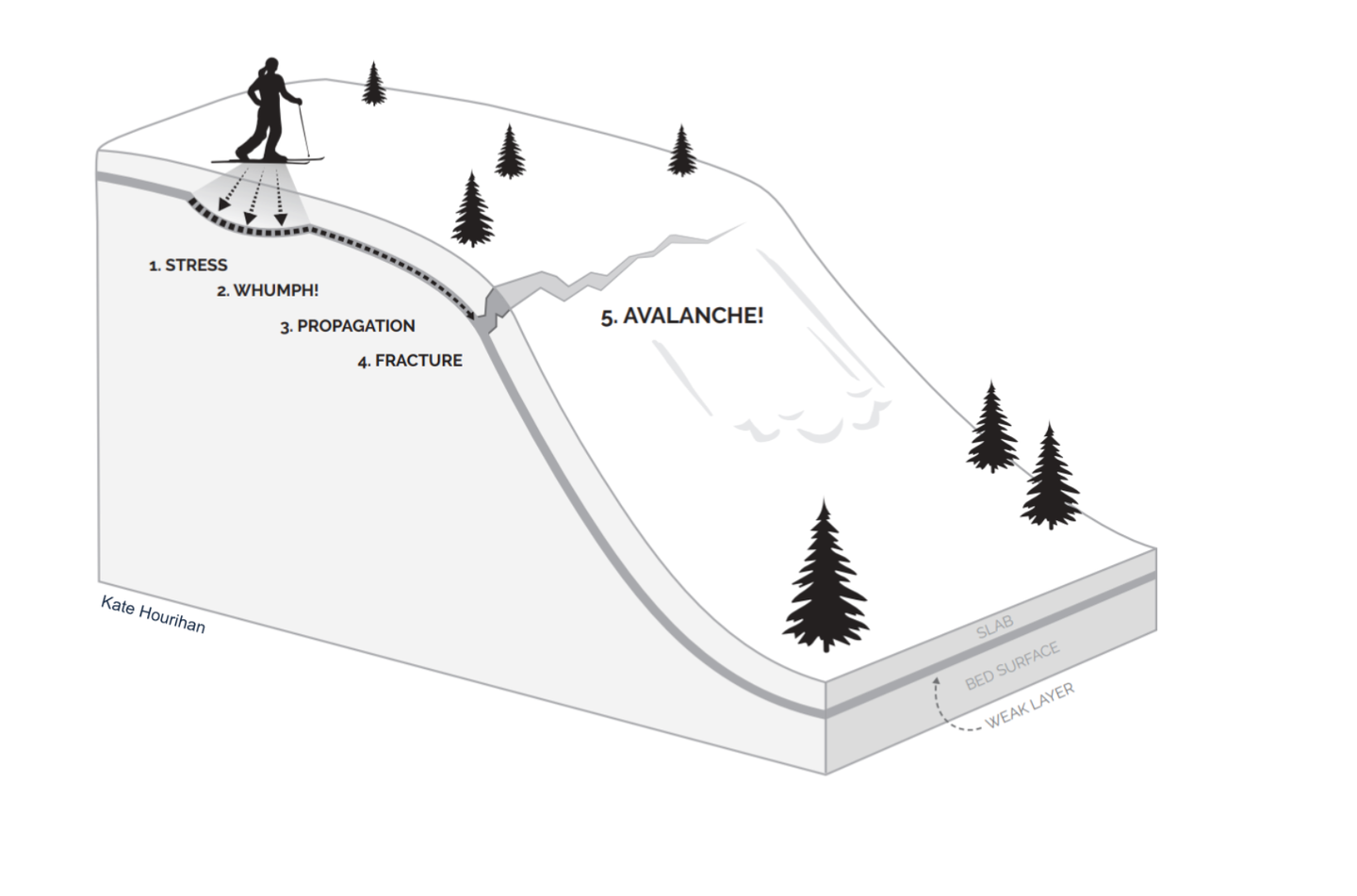
Avalanche Aware: Free Online Avalanche Safety Course
By
Nico JohnsonGet the Forecast: Official Avalanche Centers
These are the primary, authoritative sources mentioned in the article. Every responsible backcountry user needs to have these bookmarked.
- North American Forecast Hub: Avalanche.org (This site is run by the American Avalanche Association and serves as a portal to all US and Canadian centers.)
- Utah Avalanche Center (UAC): UtahAvalancheCenter.org (Crucial, as the article mentions Alta/Wasatch history.)
- Colorado Avalanche Information Center (CAIC): CAIC.org
- Northwest Avalanche Center (NWAC): NWAC.us
